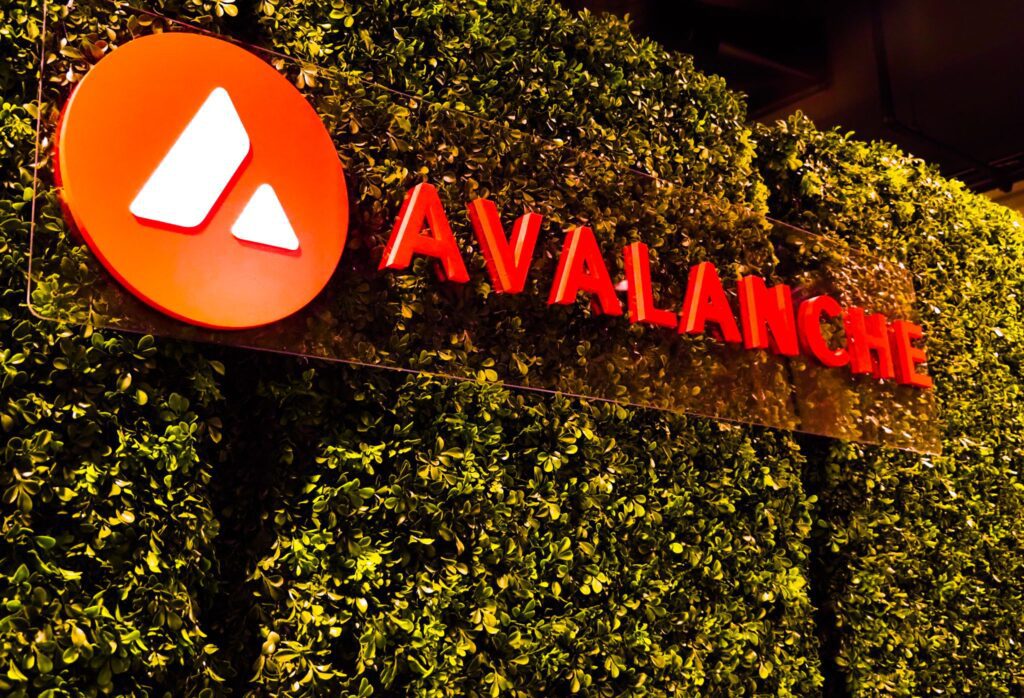Avalanche, a layer 1 blockchain launched in 2020 that is now the tenth largest by total value locked (TVL), activated its highly anticipated Avalanche9000 upgrade on Monday, marking the biggest technical changes in the ecosystem to date. day.
The network has been preparing for these changes for months, with new features that will reduce the costs of sending transactions, operating validators, and building applications on the network.
Avalanche executives previously told CoinDesk that part of the goal of the upgrade is to attract developers to Avalanche and encourage them to create custom blockchains using its technology, known as subnets or “L1”.
The upgrade, also called the Etna Upgrade, included seven improvement proposals. The two most significant changes implemented were known as ACP-77 and ACP-125.
ACP-77 is a proposal that introduces a new type of validator, allowing users to launch their own subnets. These new nodes are less expensive to operate, thus attracting more people to run them and create their own Avalanche-based networks.
ACP-125 reduces the base fee on Avalanche’s mainnet that runs smart contracts, known as the C-Chain, from 25 nAVAX (approximately $0.00000098) to 1 nAVAX ($0.00000004) . The goal is to make computing cheaper on this network. One nAVAX is one billionth of one AVAX. (Avalanche has two other main chains: the P chain, where users can stake AVAX and operate validators; and the X chain, which is used to send and receive funds.)
The Avalanche Foundation announced that ahead of the upgrade, it raised $250 million in a token sale, led by Galaxy Digital, Dragonfly and ParaFi Capital.
Read more: Avalanche Raises $250M in Major Layer 1 Blockchain Overhaul




